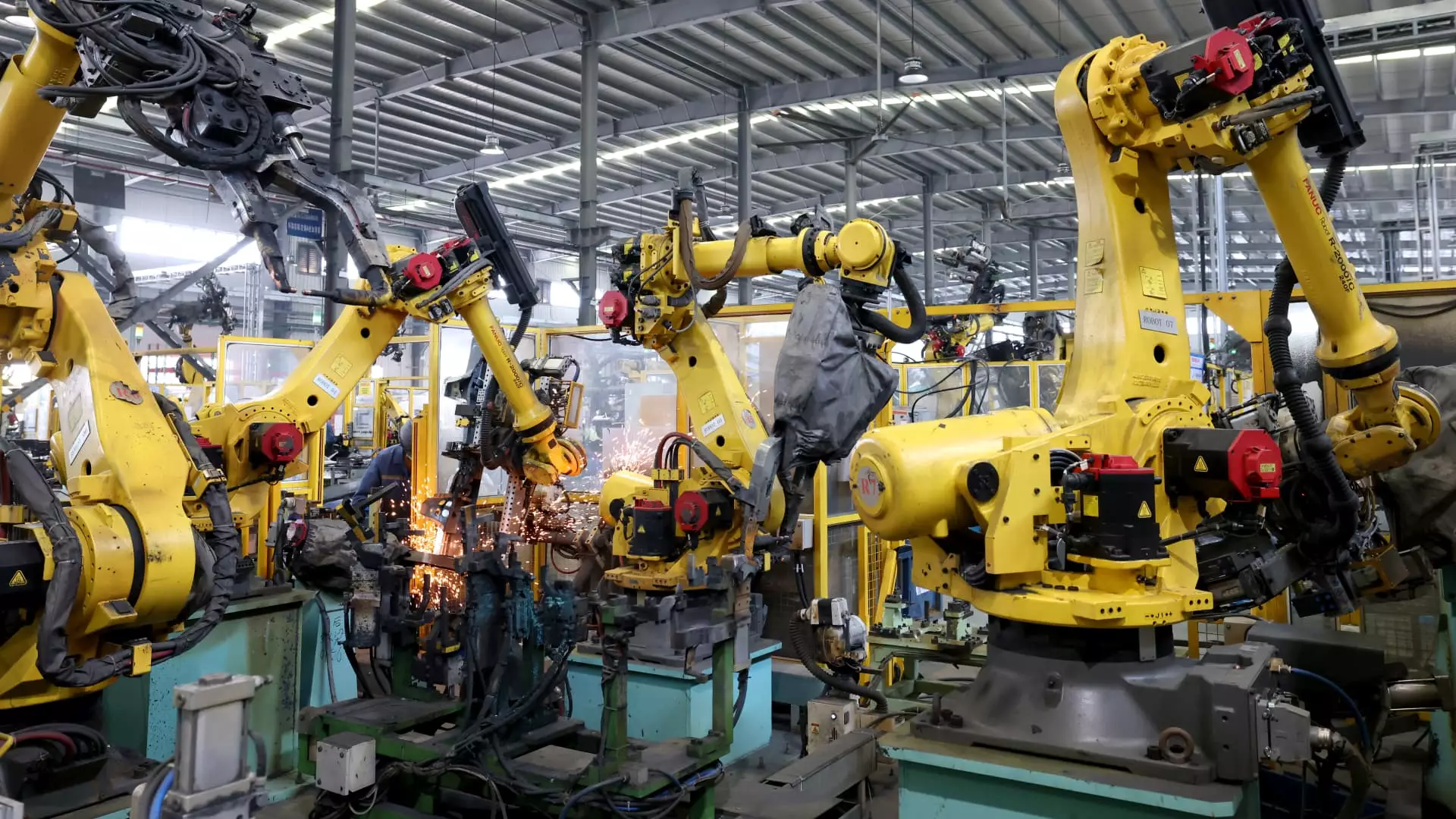In a surprising turn of events, China’s official Purchasing Managers’ Index (PMI) for October registered at 50.1, signaling a momentary rebound into expansion territory for the first time since April. The National Bureau of Statistics released this data, which exceeded expectations that had predicted a figure of 49.9 according to a Reuters poll. Notably, September’s reading had dipped to 49.8, further emphasizing the significance of this upward shift.
The PMI serves as a critical barometer for economic activity, with readings above 50 indicating expansion and those below reflecting contraction. The last time the index breached this psychological barrier was in April, when it recorded a reading of 50.4. Analysts are cautiously optimistic and suggest that with a loosening of both monetary and fiscal policies, economic improvement may stabilize as we approach the fourth quarter of the year.
Zhiwei Zhang, the president and chief economist at Pinpoint Asset Management, voiced his expectations for a “moderate” improvement in economic momentum during the fourth quarter, largely driven by anticipated fiscal stimulus measures. The Chinese parliament’s standing committee is set to convene next week, with market watchers keenly anticipating discussions surrounding fiscal stimulus, which are expected to be unveiled after the meeting concludes on November 8.
The breakdown of the PMI sub-indices presents a mixed picture. The production index surged to 52, showcasing an uptick in manufacturing activities, while the new orders index stabilized at 50. In contrast, inventories of raw materials and employment remain in contraction territory, registering at 48.2 and 48.4, respectively. While these figures represent some improvement over the previous month, they nonetheless highlight ongoing challenges within the labor market and supply chains.
In tandem with the manufacturing PMI, China’s non-manufacturing PMI increased to 50.2 in October, rising slightly from 50 in September yet falling short of 50.3 in August. The employment factor within non-manufacturing also saw a minor uptick, increasing by 1.1 percentage points to reach 45.8. These statistics indicate a nuanced recovery within sectors beyond manufacturing, although they also underscore the sluggish demand for labor in these industries.
A recent survey conducted by the U.S.-based China Beige Book involving over 1,400 Chinese businesses from October 18 to 25 revealed promising insights regarding manufacturing output. Both domestic and export orders showed positive movement, particularly with a tapering decline in U.S. export orders in October. This trend suggests that while the global economic climate remains unpredictable, there are signs of resilience within selected sectors of the Chinese economy.
Despite the apparent signs of recovery reflected in the October PMI readings, China’s economic landscape is riddled with challenges, primarily influenced by weakened consumer demand and ongoing troubles within the real estate sector. While the recent bullish stock market reactions following high-profile stimulus announcements, including those from President Xi Jinping, generate optimism, the sustainability of this momentum remains uncertain.
Looking ahead, the release of the Caixin China general manufacturing PMI on Friday along with the Caixin services PMI later next week will provide further clarity into the trajectory of China’s economic recovery. Stakeholders will need to remain vigilant and adaptable as they navigate these fluctuating conditions.

Leave a Reply